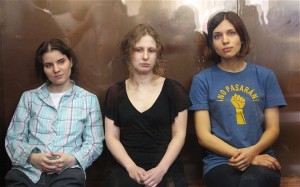 Ekaterina Samutsevic had experience at the Moscow Power Engineering Institute and a defense enterprise behind her, when she decided to study art. Joining the actionist current in autumn 2011, she was a core co-founder of Pussy Riot. Of the three members of Pussy Riot prosecuted for their action Mother of God, Drive Putin Out, she is the only one to escape a jail sentence, although she is still prohibited from leaving the country.
Ekaterina Samutsevic had experience at the Moscow Power Engineering Institute and a defense enterprise behind her, when she decided to study art. Joining the actionist current in autumn 2011, she was a core co-founder of Pussy Riot. Of the three members of Pussy Riot prosecuted for their action Mother of God, Drive Putin Out, she is the only one to escape a jail sentence, although she is still prohibited from leaving the country.
Ekaterina Samutsevitch wrote:
“I was born in Moscow on August 9, 1982. After completing secondary school in 1999, I entered the Moscow Power Engineering Institute from which I graduated in 2005. I worked at a defense enterprise for two years when I gave up my job and enrolled in the Rodchenko School of Photography and Multimedia (Moscow). I finished my studies in 2009. Going into art practice, I was mainly in the current of actionism. In autumn 2011, I became a co-author and one of founders of Pussy Riot, the idea of which already appeared in 2010.
Nadya was born in Norilsk in 1989, on the 7 November (Revolution Day). After completing secondary school she moved to Moscow and entered Moscow State University in the Faculty of Philosophy. After four years of study, she took an “academ” (a break from studies for private reasons) to fully engage in art. Since the end of 2007 she has been involved in actionism, studying art at the same time. In 2011, she became a co-author and one of founders of Pussy Riot.
Masha was born in Moscow on June 6, 1988. After completing secondary school, she worked in the volunteer movement “Danilovtsy” (which supports mentally ill children in hospitals). She was one of organizers of the campaign for the protection of the Utrish National Park, and was connected to Greenpeace. Before she was arrested, she studied journalism, and also wrote poetry. Alongside us, Masha became a co-creator of Pussy Riot in 2011.
We all met in different places in 2008, and met regularly after that to talk about topics which concerned us.
Although in 2010 the concept and name of Pussy Riot didn’t exist, we already wanted to create a feminist group to work on burning political issues in public space. In 2011 when the political tension came to a boiling point (with the rigged Duma election and consequent protest marches) we decided to start to act. In September the concept, the title and the image of the group were developed. In October 2011, we started our illegal performances in the subway and on a trolleybus roof, in which we invited people to “do a Tahrir” on Red Square. We have released five videoworks in all [now six, https://www.facebook.com/PerpetualMobile.org/posts/628688690483974, ed.]. All of them are currently considered “extremist”.
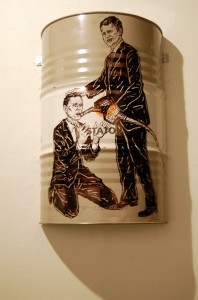 In this new work, commissioned for RE-ALIGNED ART in Tromsø, Mikhail Dolyanovsky addresses the power and belief in oil and its representatives. Despite its remote location from the capitals of art and politics, Tromsø has recently been marked out as a future Norwegian capital for arctic drilling — a massive undertaking with massive-scale global consequences. It also has local consequences, with hotel-construction mushrooming and fishing rights being bought up in anticipation of the “gold rush”.
In this new work, commissioned for RE-ALIGNED ART in Tromsø, Mikhail Dolyanovsky addresses the power and belief in oil and its representatives. Despite its remote location from the capitals of art and politics, Tromsø has recently been marked out as a future Norwegian capital for arctic drilling — a massive undertaking with massive-scale global consequences. It also has local consequences, with hotel-construction mushrooming and fishing rights being bought up in anticipation of the “gold rush”.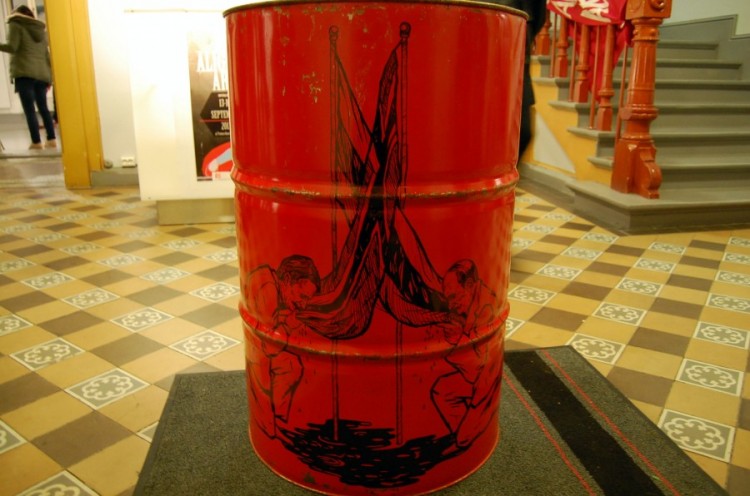

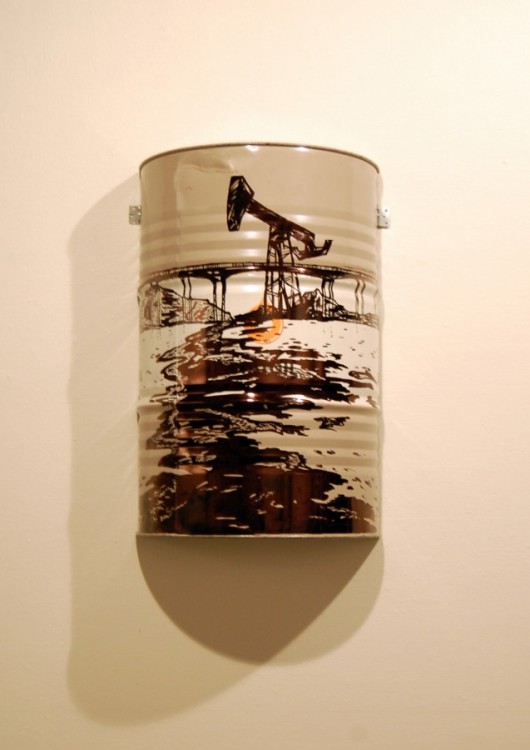
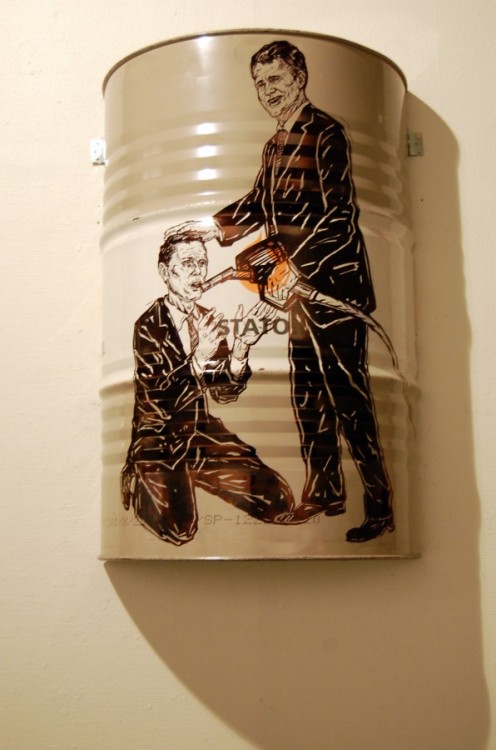
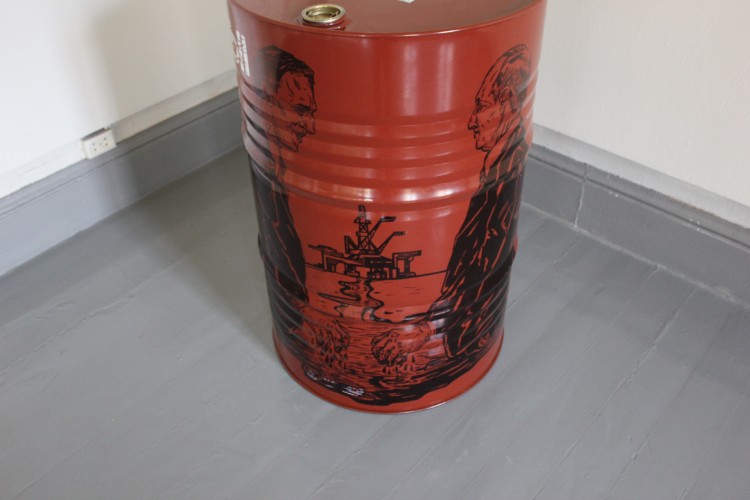































































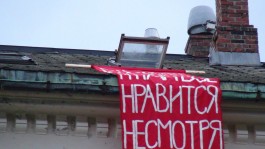
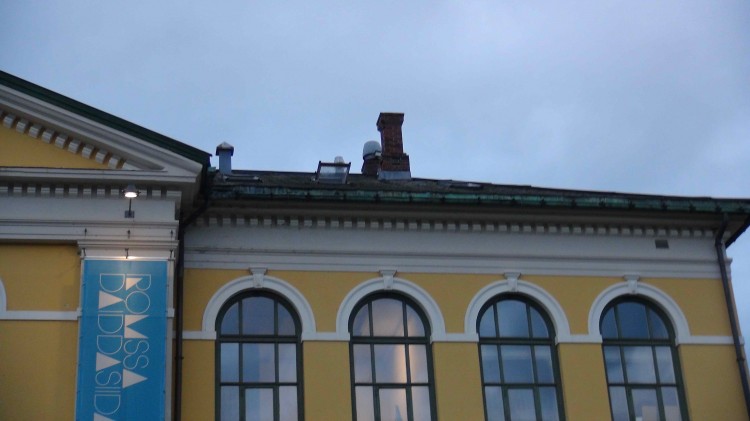
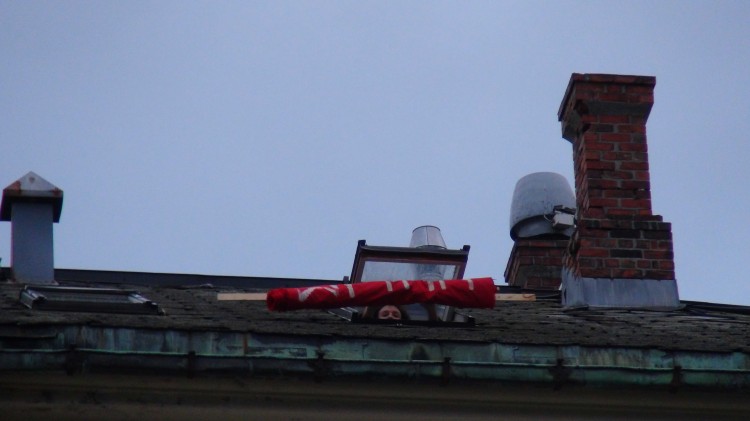
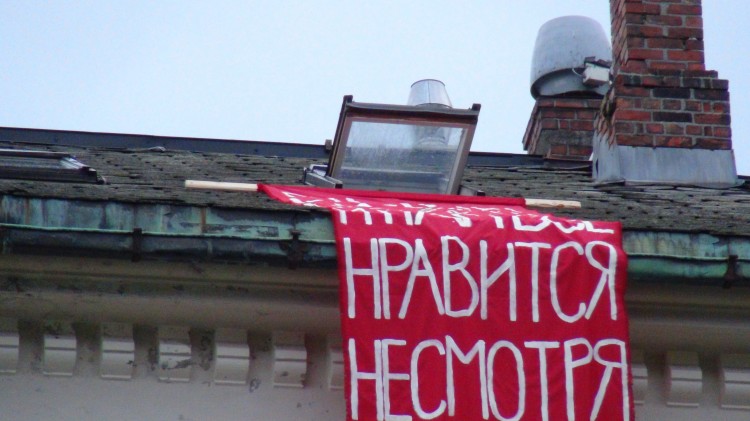
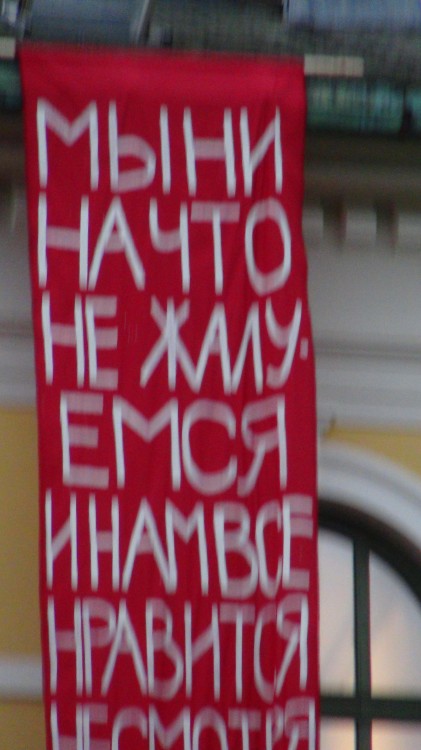
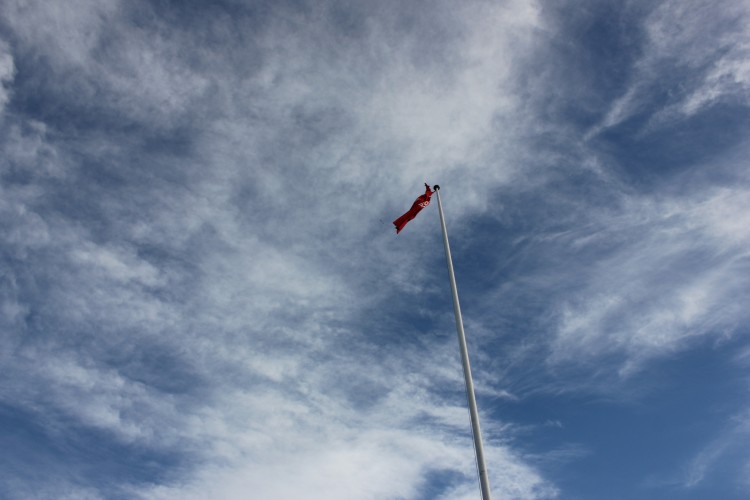
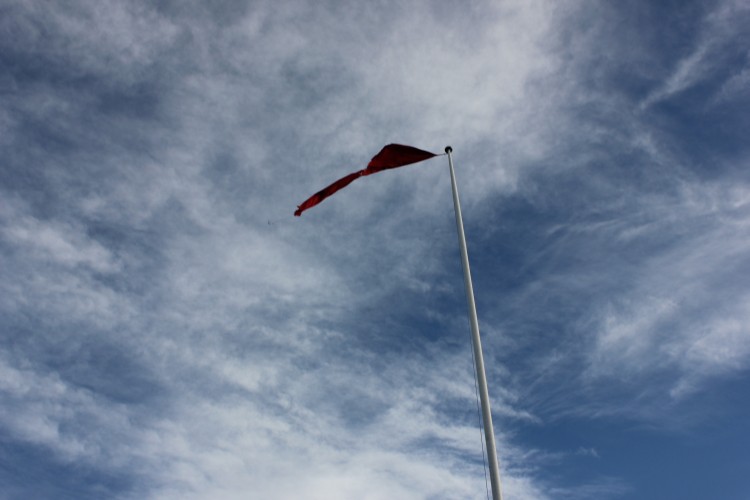
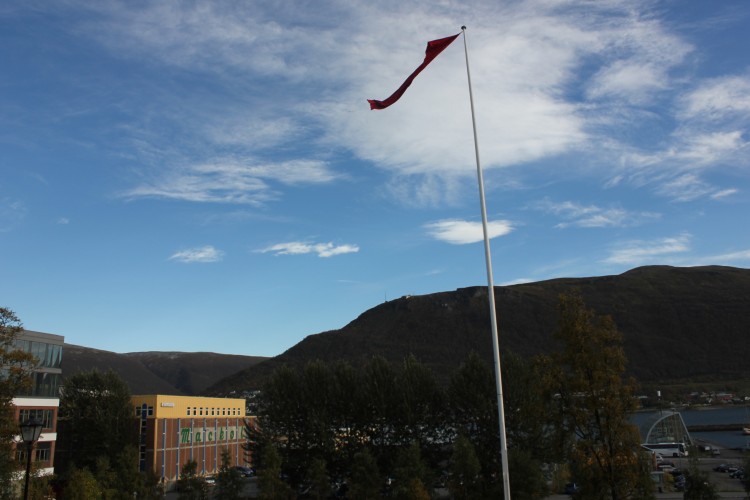
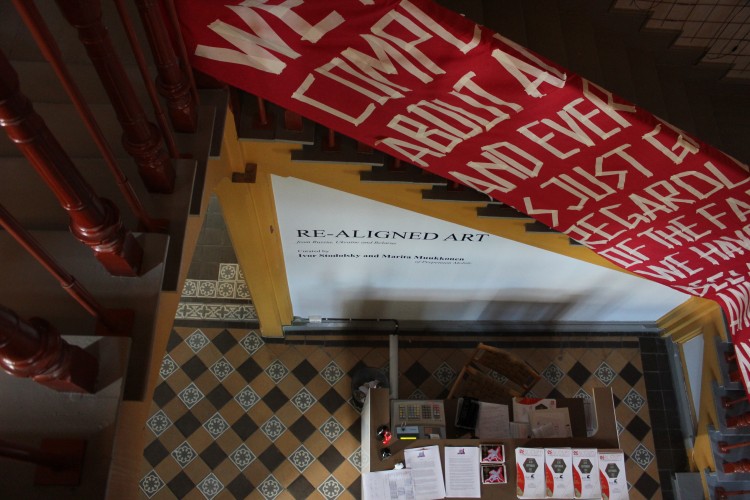
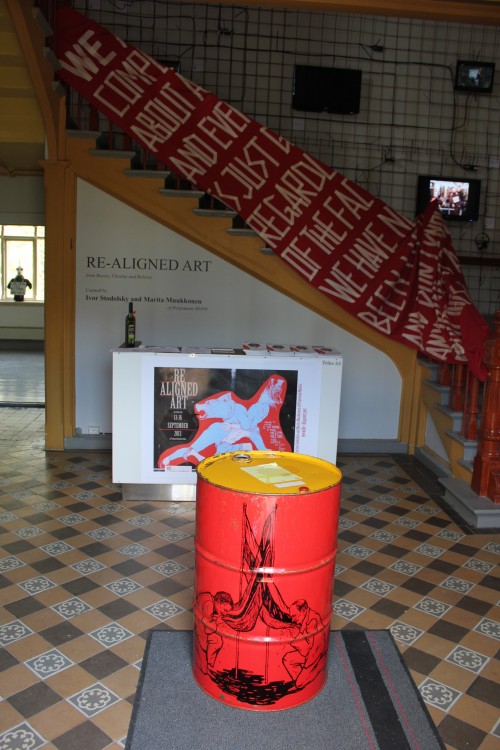
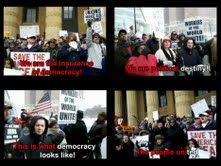

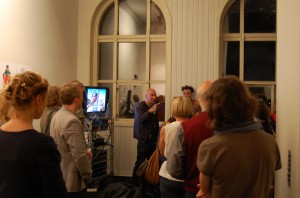
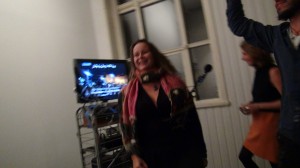
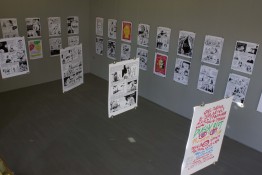
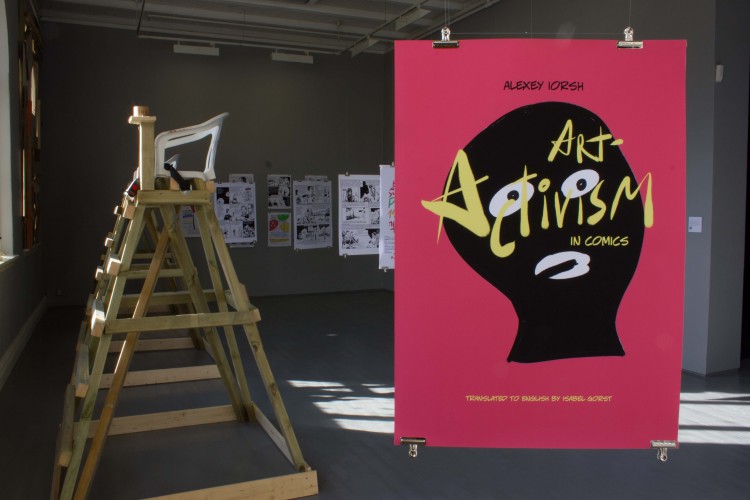 Graphic novel, 2013. Eight (double sided) A2 prints, and thirty-one A3 prints on the wall.
Graphic novel, 2013. Eight (double sided) A2 prints, and thirty-one A3 prints on the wall. 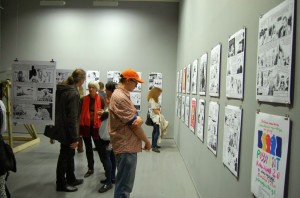 “Forbidden Art”, for example. Around this time, too, the new phenomena of “Radical Religious Activism” appeared. Subsequently Iorsh sketches the events surrounding Voina, Pussy Riot, Skif, Denis Mustafin, Tanya Volkova, Anton Nikolaev, Viktoria Lomasko and other central figures in recent art activism.
“Forbidden Art”, for example. Around this time, too, the new phenomena of “Radical Religious Activism” appeared. Subsequently Iorsh sketches the events surrounding Voina, Pussy Riot, Skif, Denis Mustafin, Tanya Volkova, Anton Nikolaev, Viktoria Lomasko and other central figures in recent art activism.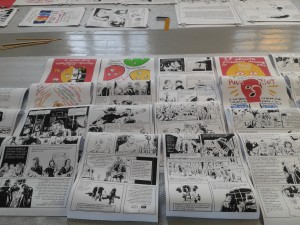
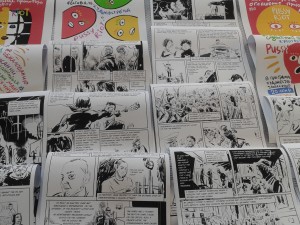
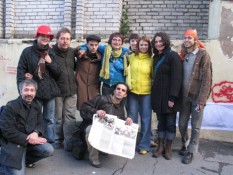

 Installation of all covers of the newspaper of the Chto Delat? collective since its inception in 2003. Wall of the Re-reading Room, 2013.
Installation of all covers of the newspaper of the Chto Delat? collective since its inception in 2003. Wall of the Re-reading Room, 2013.

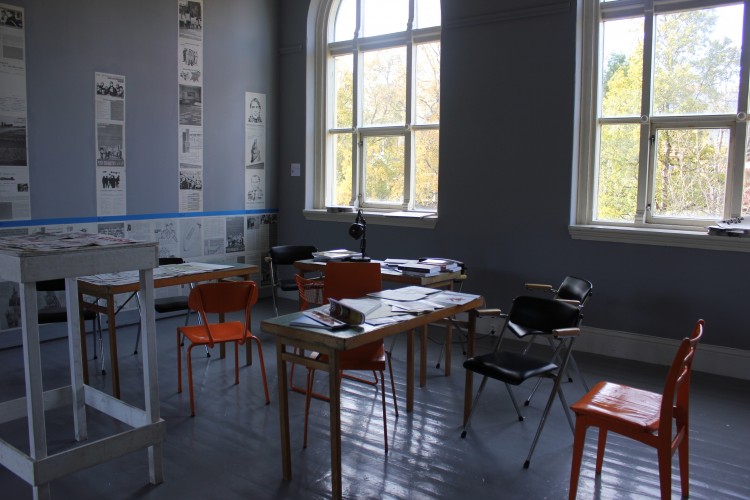

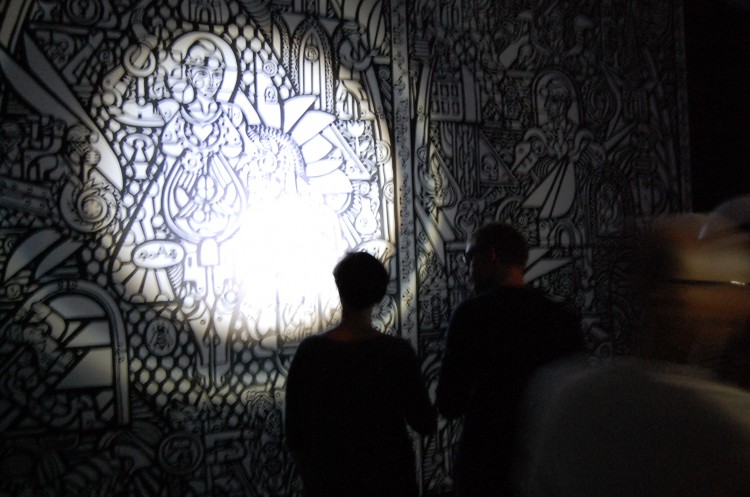 Graphic prints (B/W) 4,4 m x 4,0 m; series of printed photos (sizes variable); acrylic on wall; 3 helmets with head-lights.
Graphic prints (B/W) 4,4 m x 4,0 m; series of printed photos (sizes variable); acrylic on wall; 3 helmets with head-lights.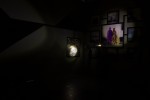
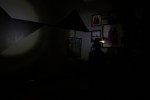
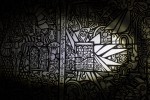
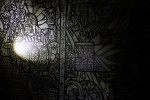
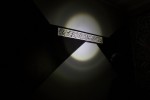
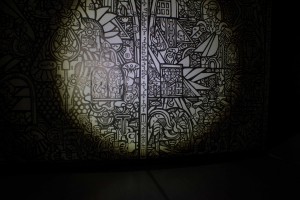
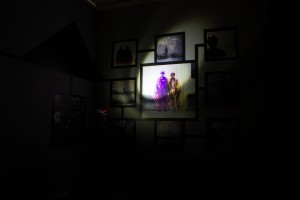



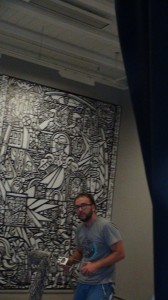

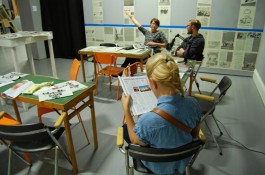
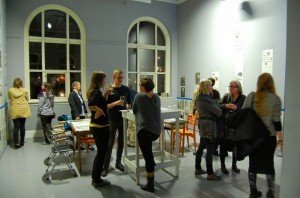 Textual, discursive and educational formats form an important aspect of “re-aligned”, political or engaged art. Here is a space for the RE-READING of these materials. It also gives a room for the potential discussion and re-activation of the ideas they may inspire.
Textual, discursive and educational formats form an important aspect of “re-aligned”, political or engaged art. Here is a space for the RE-READING of these materials. It also gives a room for the potential discussion and re-activation of the ideas they may inspire.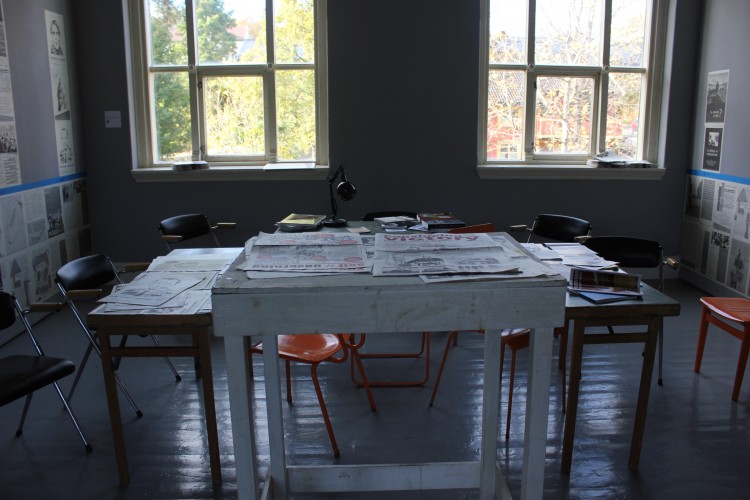
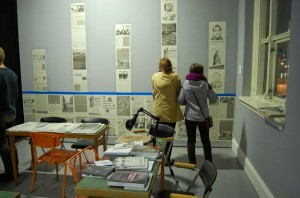
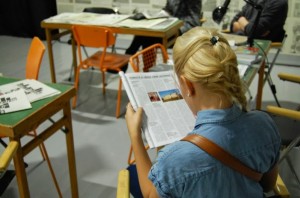
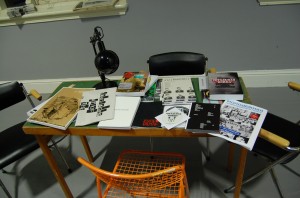
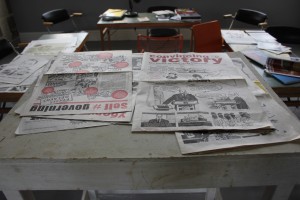
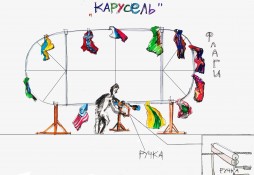
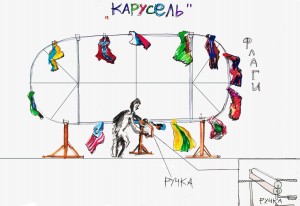 Location: Kurant Gallery, Søndre Tollbodgate 17, 9008 Tromsø
Location: Kurant Gallery, Søndre Tollbodgate 17, 9008 Tromsø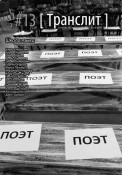
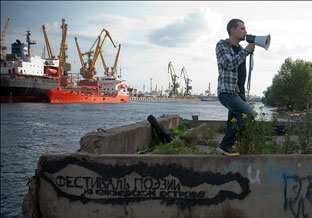 was founded in 2005, and is a literary-critical anthology, publishing outfit and community of poets, philosophers and humanities scholars, who bring forward various fields of confrontation in contemporary literary theory and the literary process.
was founded in 2005, and is a literary-critical anthology, publishing outfit and community of poets, philosophers and humanities scholars, who bring forward various fields of confrontation in contemporary literary theory and the literary process. Ekaterina Samutsevic had experience at the Moscow Power Engineering Institute and a defense enterprise behind her, when she decided to study art. Joining the actionist current in autumn 2011, she was a core co-founder of Pussy Riot. Of the three members of Pussy Riot prosecuted for their action Mother of God, Drive Putin Out, she is the only one to escape a jail sentence, although she is still prohibited from leaving the country.
Ekaterina Samutsevic had experience at the Moscow Power Engineering Institute and a defense enterprise behind her, when she decided to study art. Joining the actionist current in autumn 2011, she was a core co-founder of Pussy Riot. Of the three members of Pussy Riot prosecuted for their action Mother of God, Drive Putin Out, she is the only one to escape a jail sentence, although she is still prohibited from leaving the country.